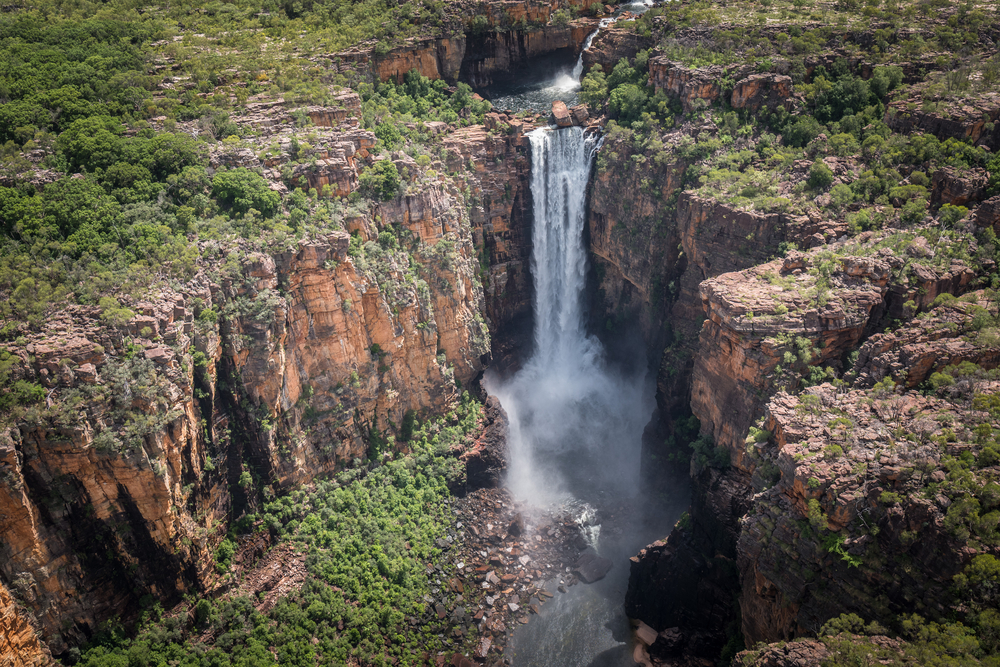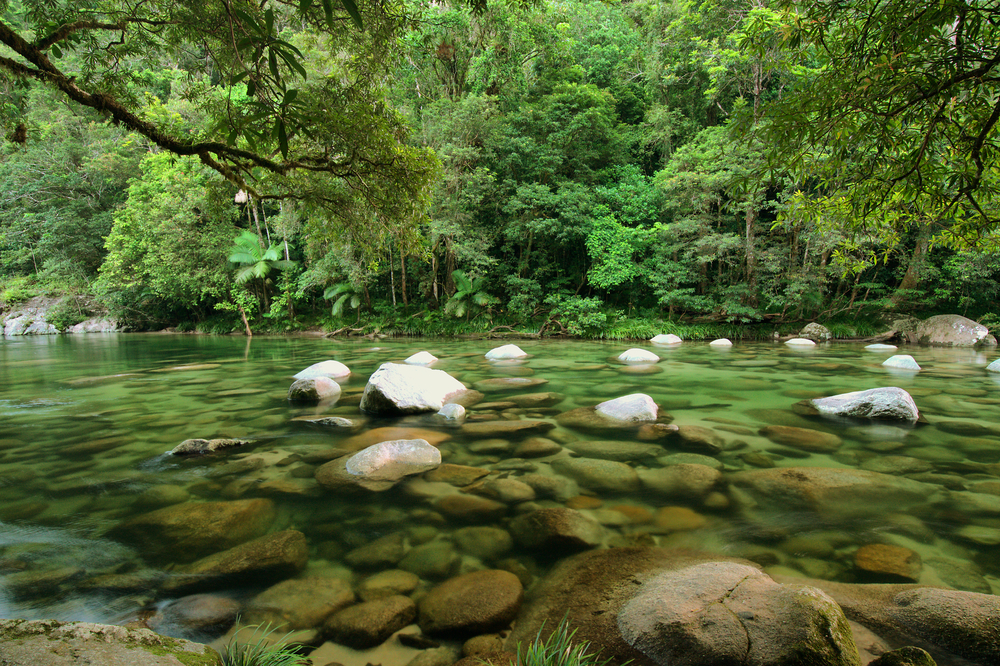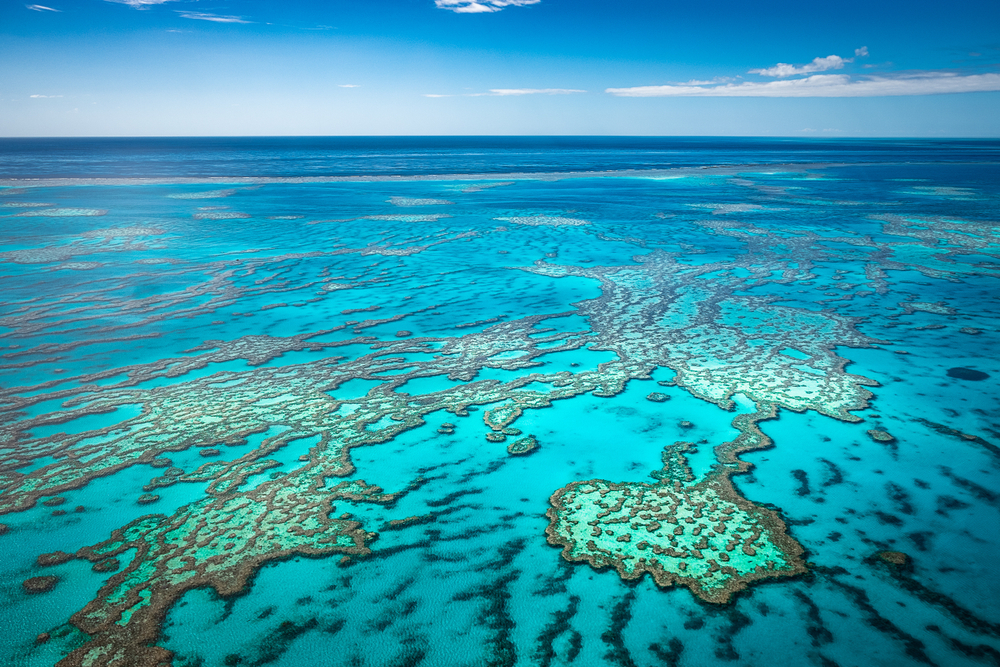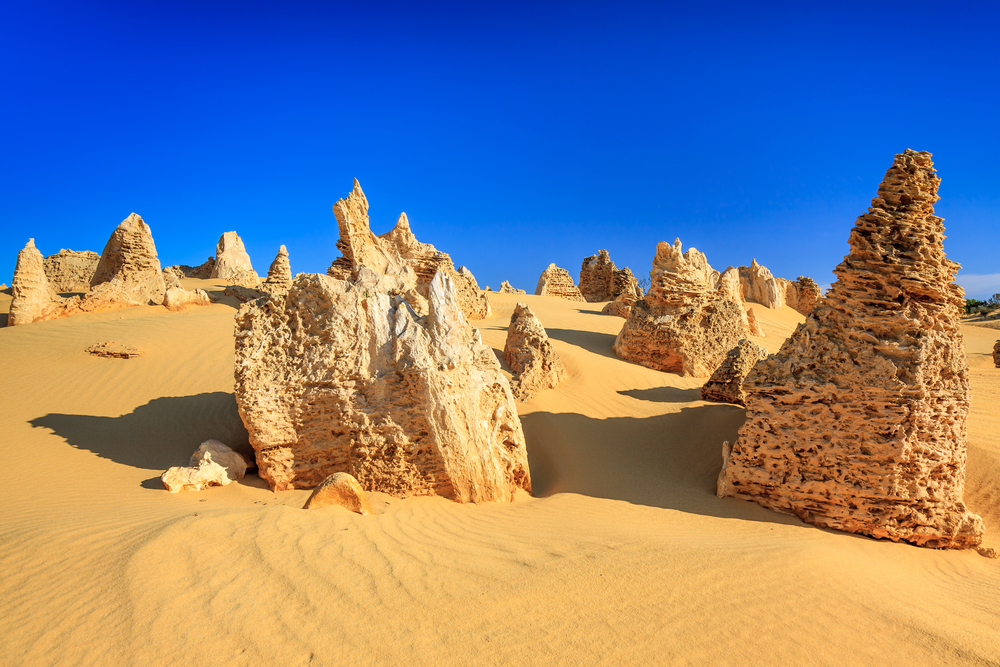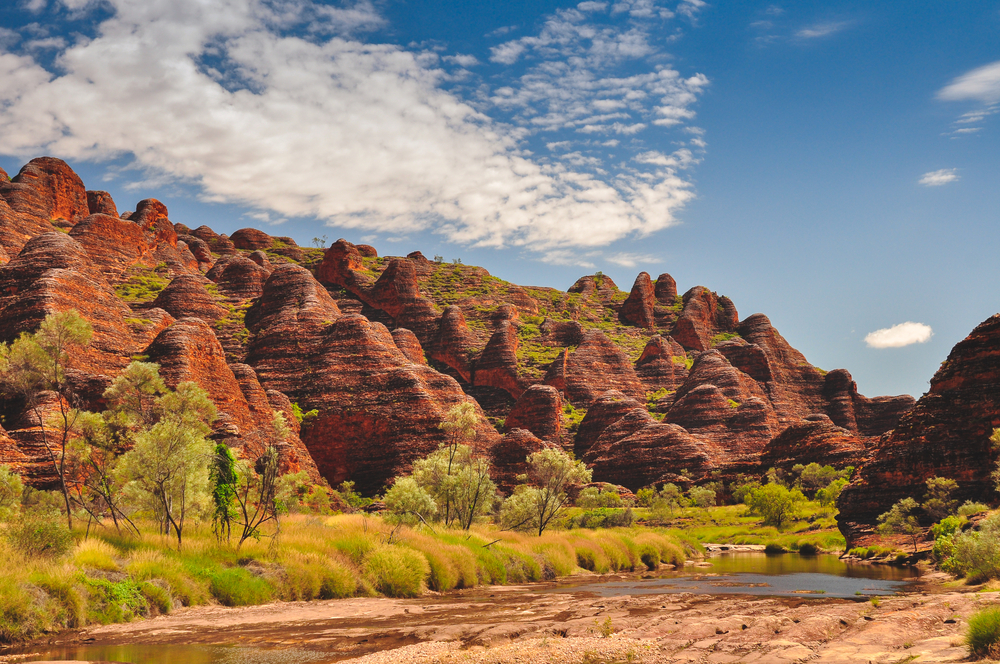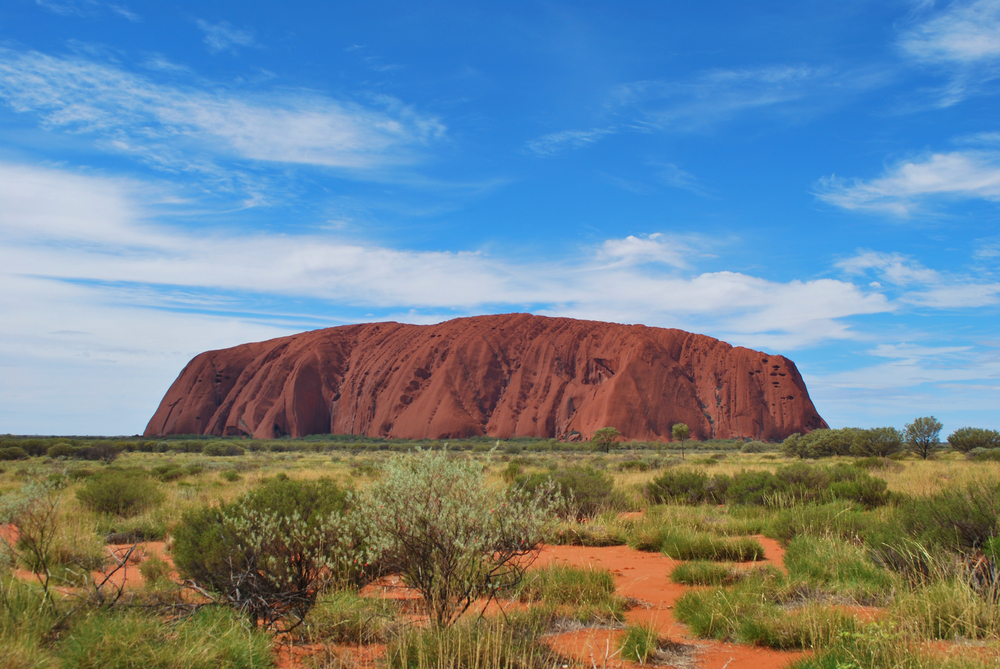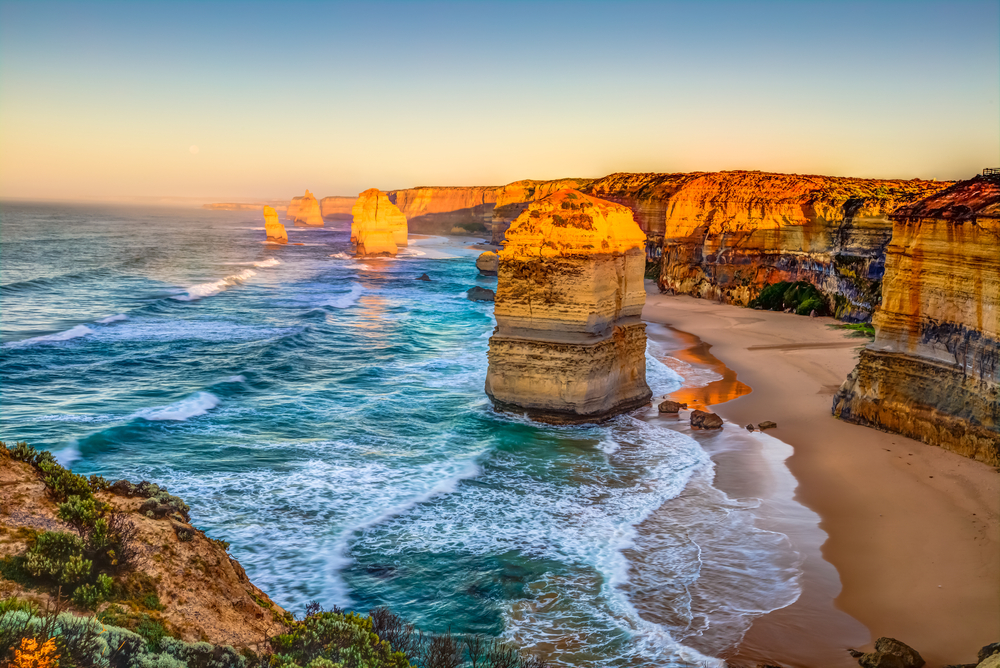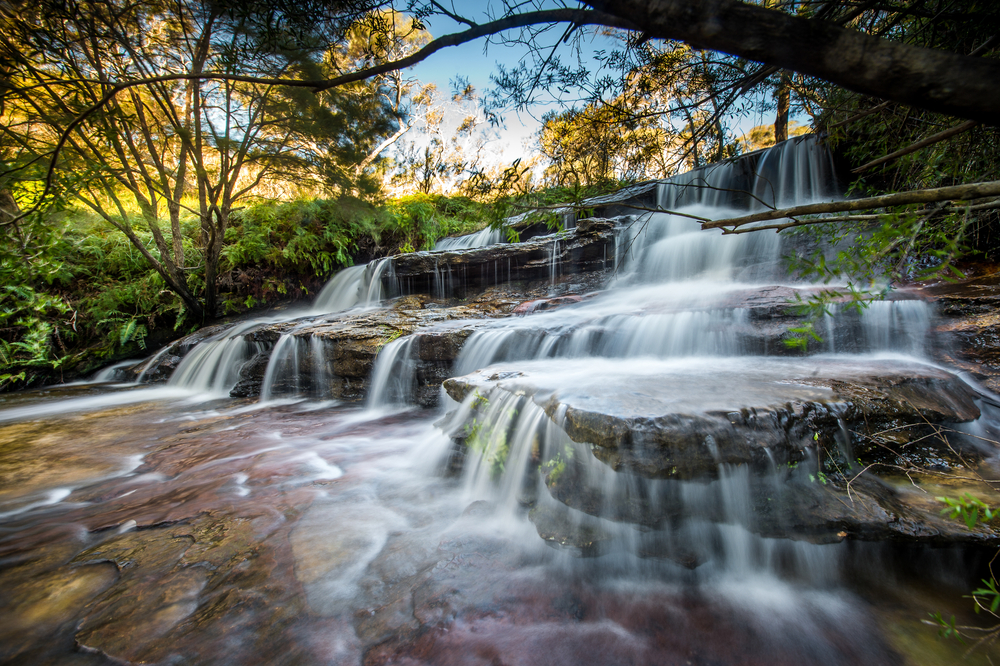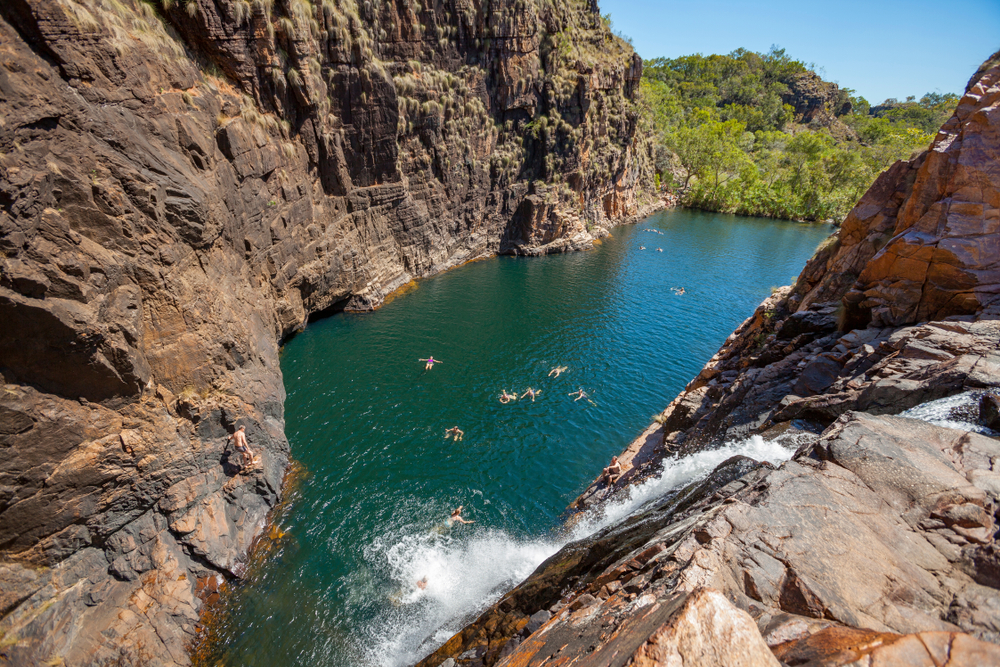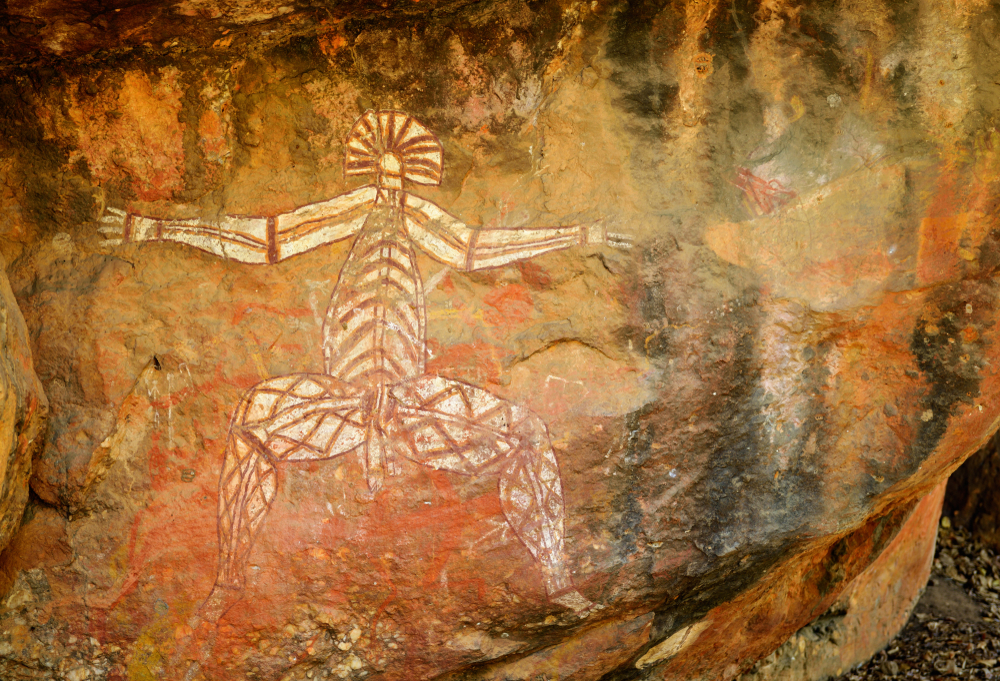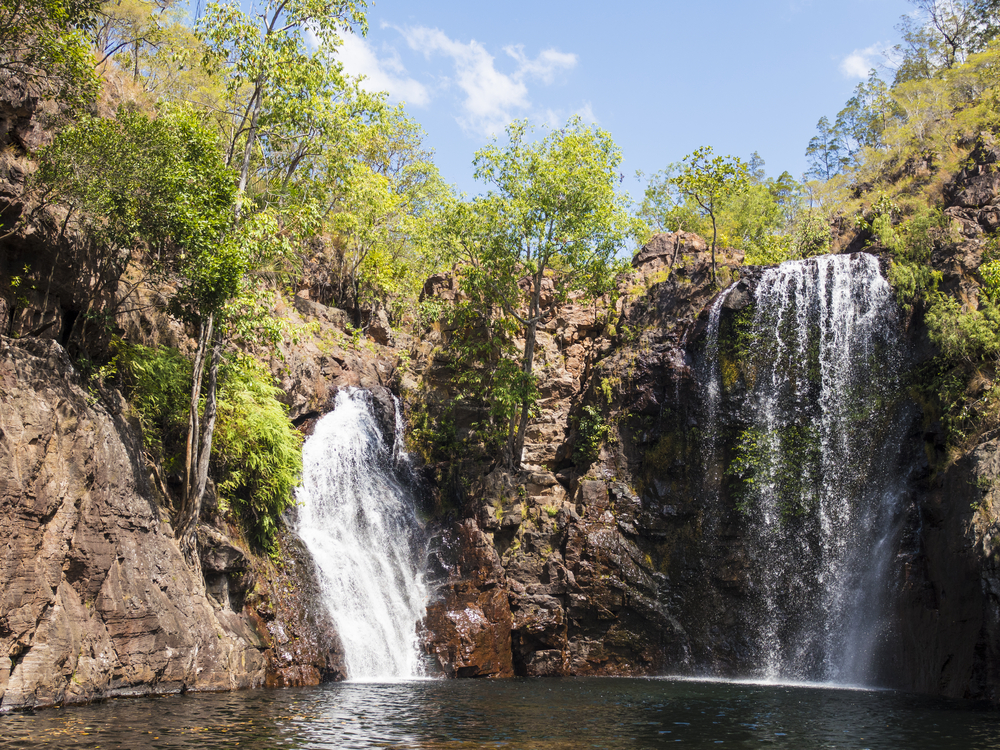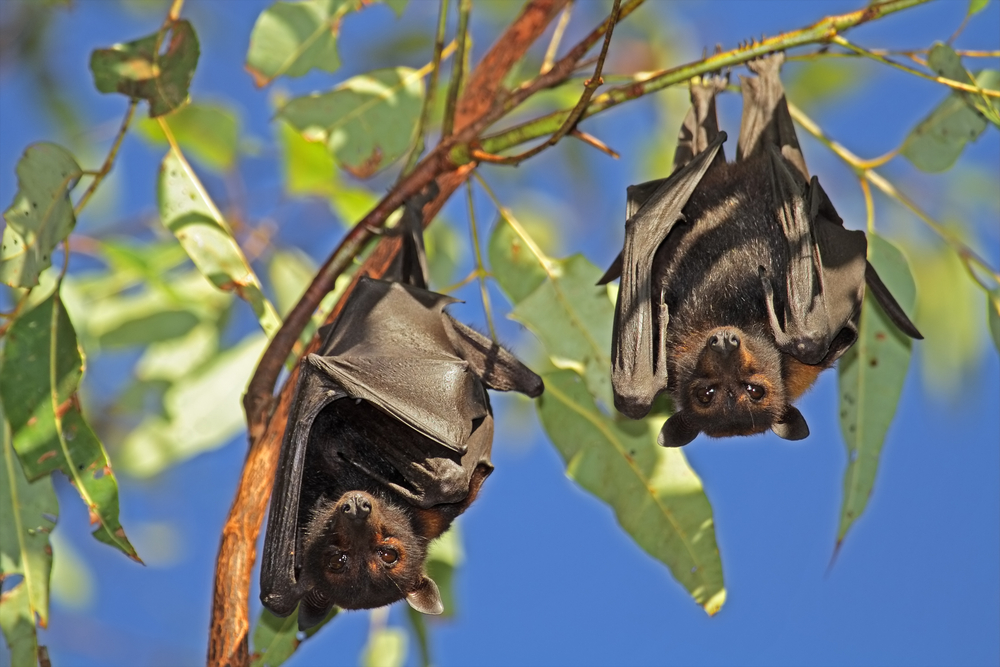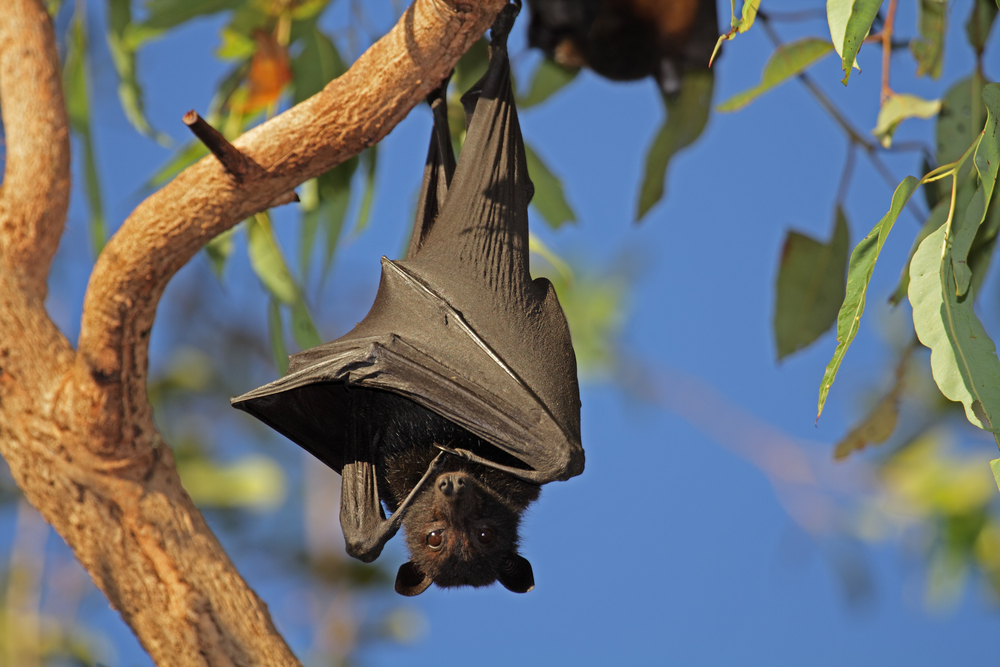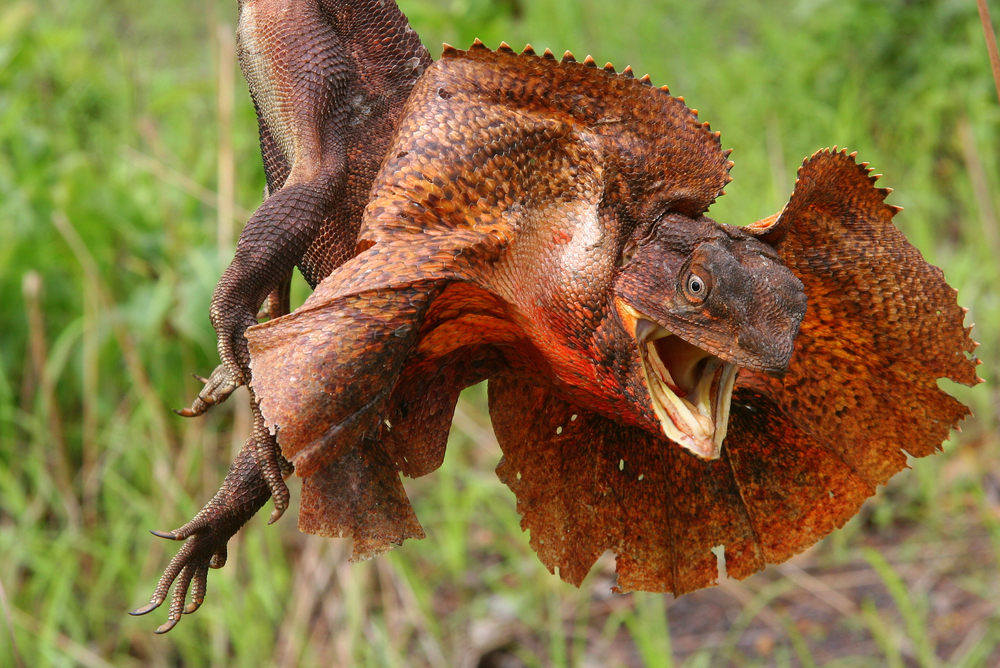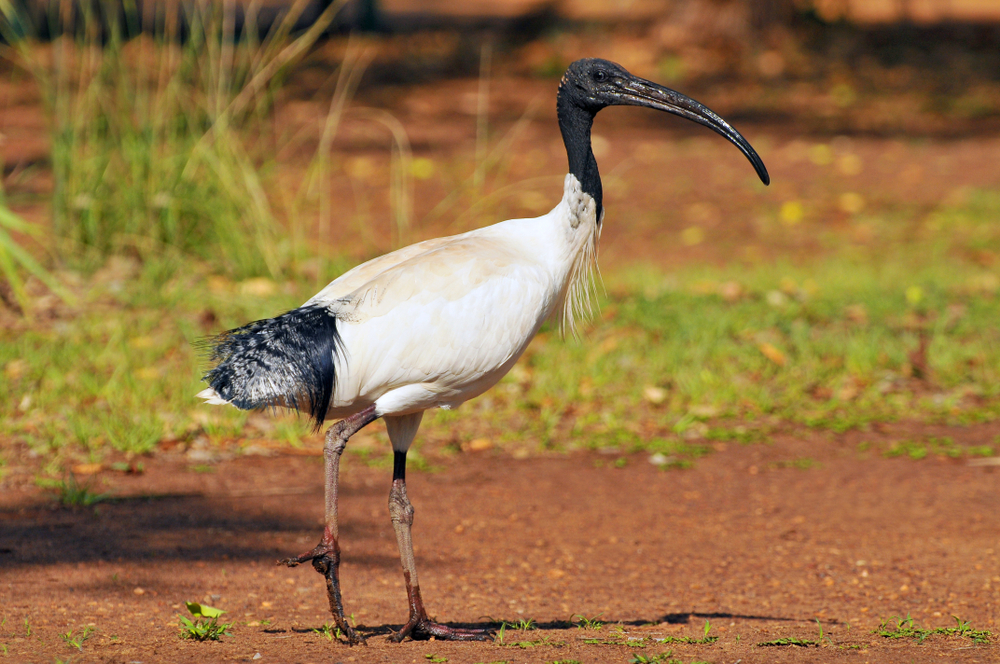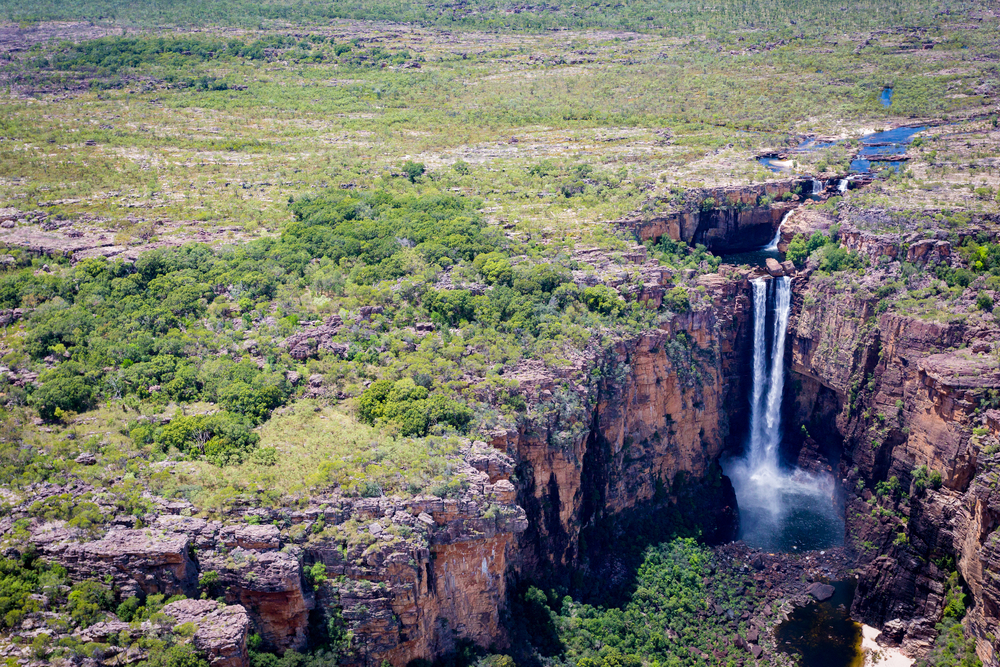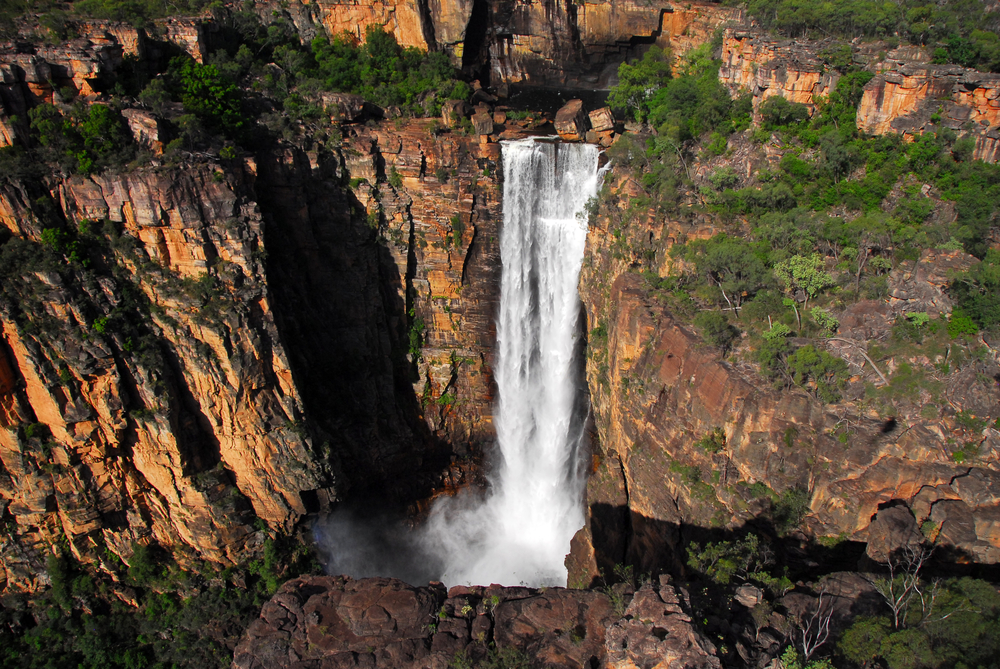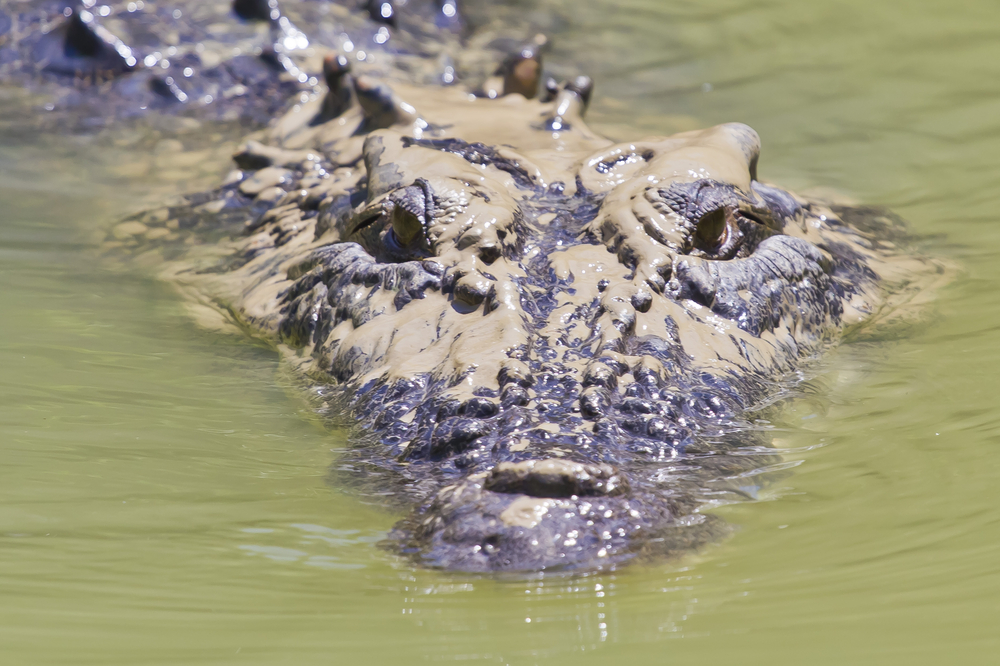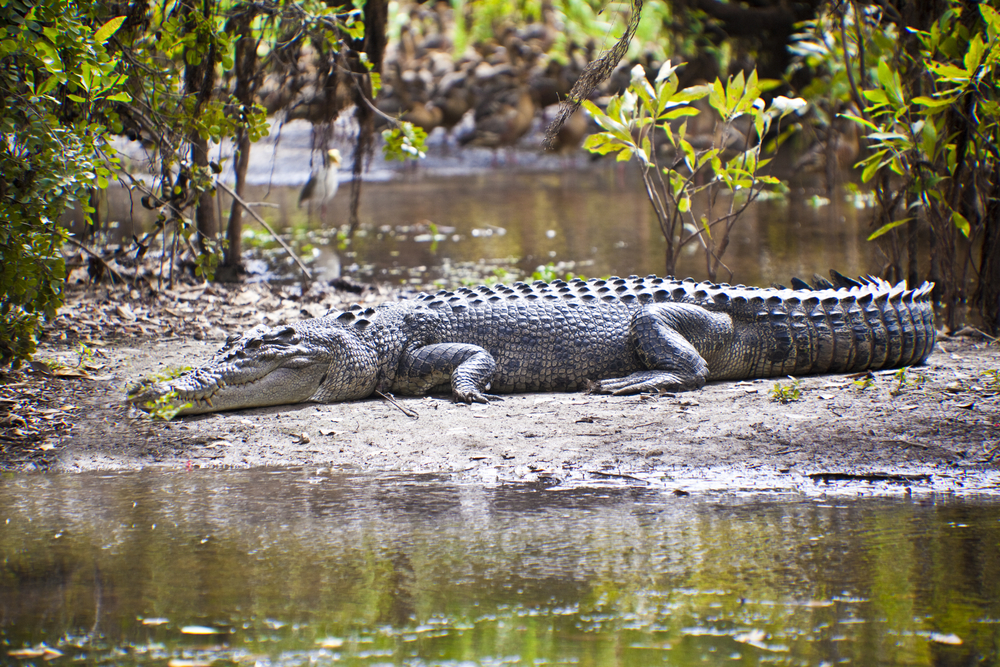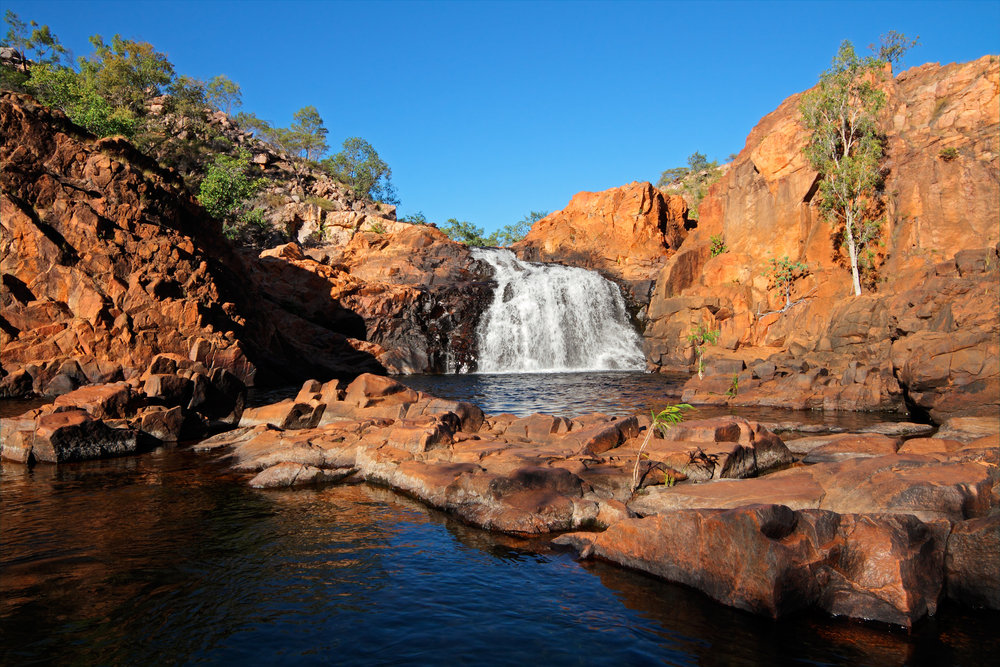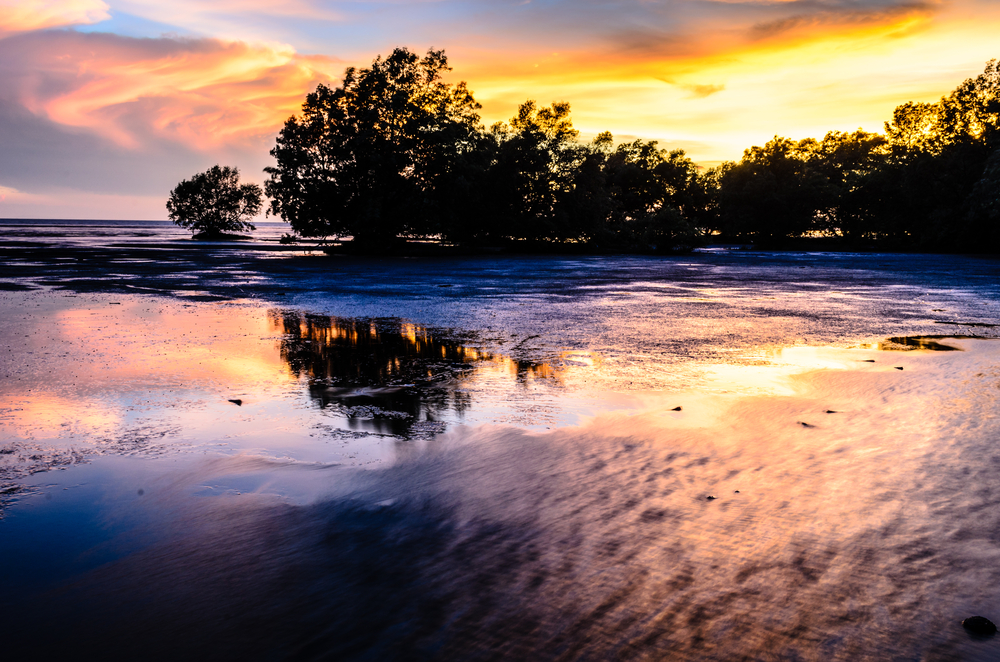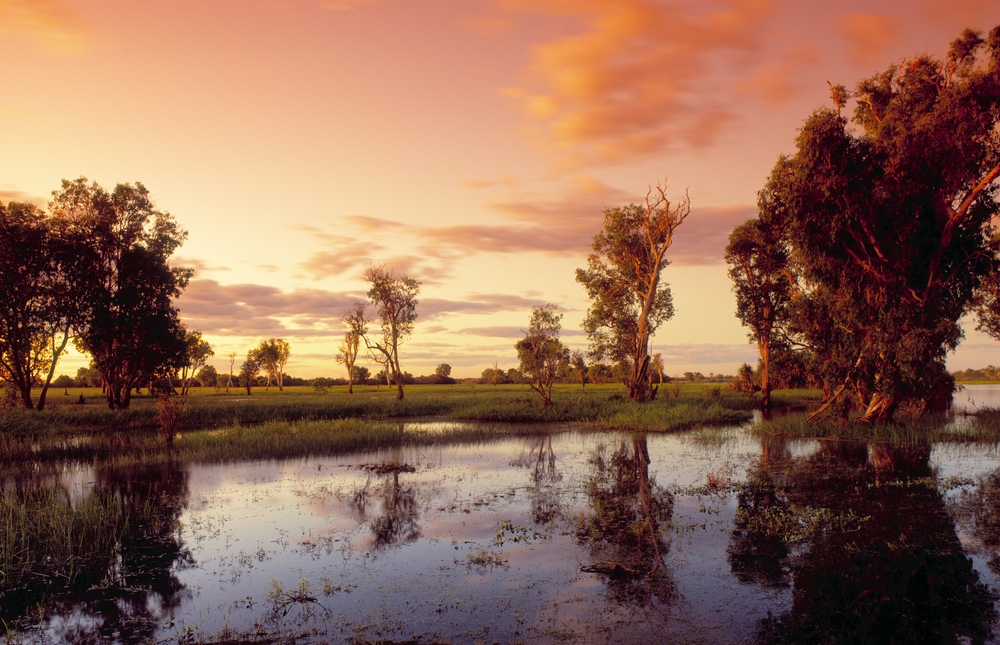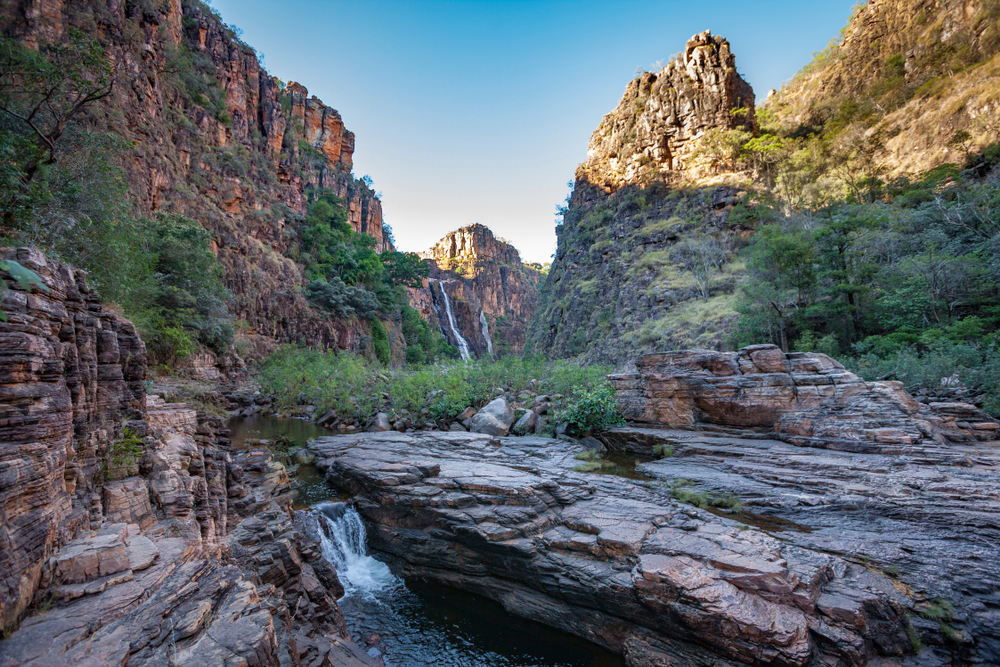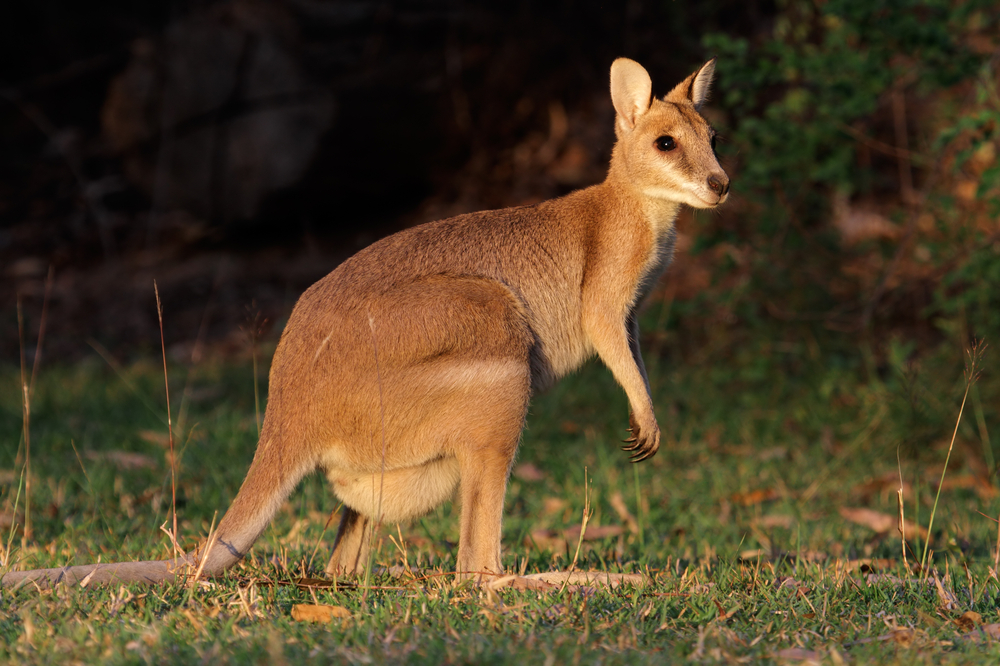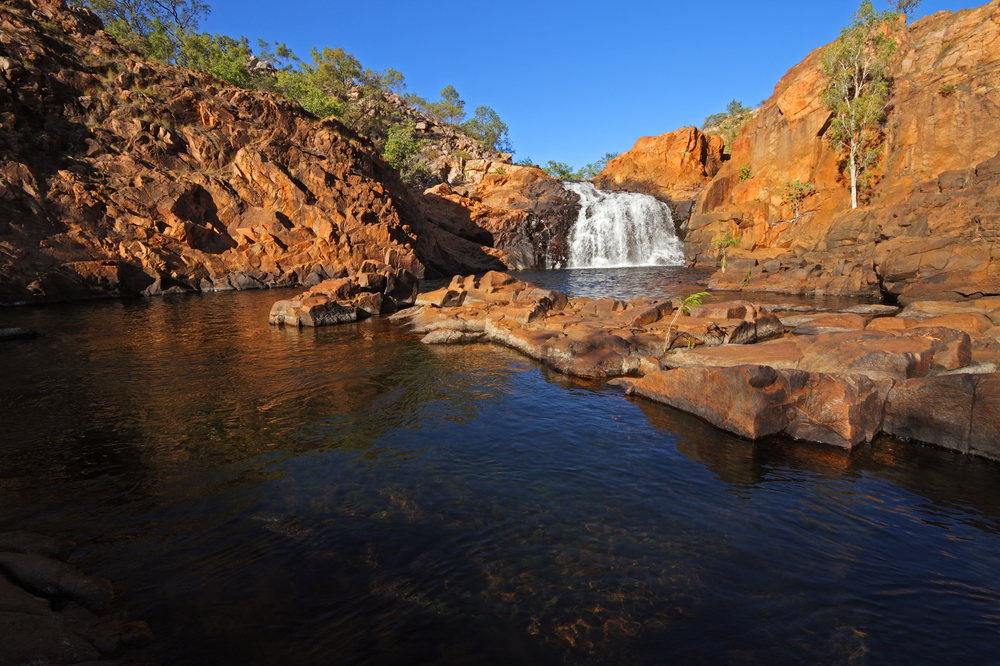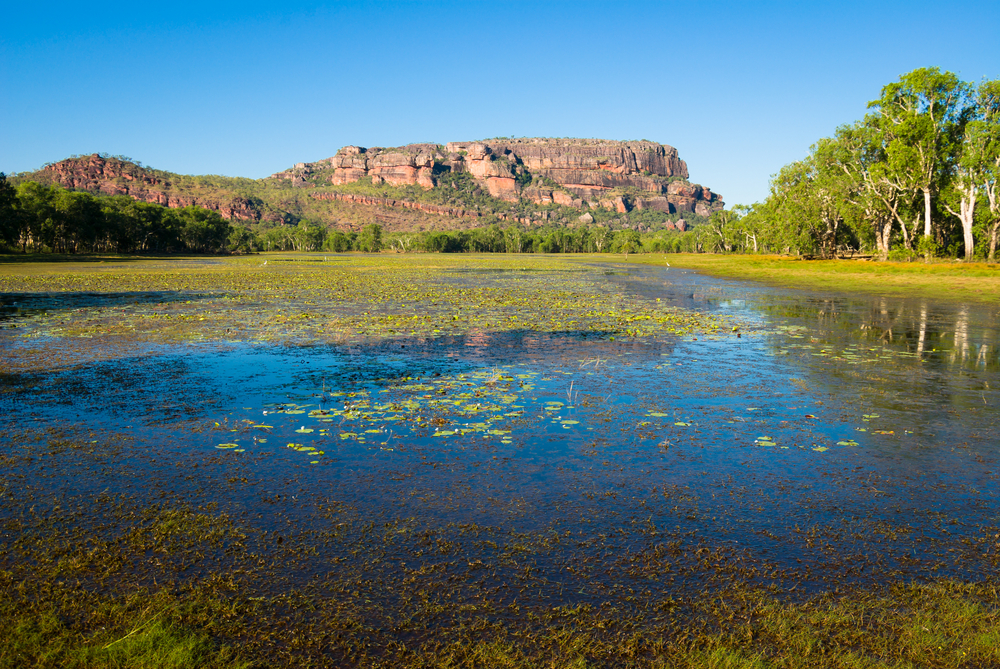Kakadu Overview
Kakadu National Park, located in the Northern Territory of Australia, is a vast and ecologically diverse area that stands as a testament to the country’s natural beauty and cultural heritage. Covering an area of approximately 19,804 square kilometers (about 7,646 square miles), Kakadu is Australia’s largest national park and was declared a UNESCO World Heritage Site in 1981 for both its cultural and natural values. This remarkable park, situated about 171 kilometers southeast of Darwin, encompasses a range of ecosystems from tidal wetlands and floodplains to savanna woodlands and rocky plateaus.
Kakadu National Park is renowned for its rich biodiversity, supporting a wide array of flora and fauna. The park is home to more than 2,000 plant species, a quarter of Australia’s freshwater fish species, and over one-third of its bird species. Iconic Australian animals such as saltwater crocodiles, wallabies, and an abundance of birdlife can be found within its boundaries, making it a prime destination for wildlife observation.
The park’s landscape is dotted with stunning natural features, including the towering escarpments of the Arnhem Land plateau, the thundering waterfalls of Twin Falls and Jim Jim Falls, and the tranquil waters of Yellow Water Billabong. These natural attractions are complemented by significant cultural sites, with Kakadu being home to one of the highest concentrations of rock art sites in the world. These ancient paintings, some of which are estimated to be up to 20,000 years old, provide insight into the rich cultural traditions and spiritual beliefs of the Indigenous peoples of the region, particularly the Bininj/Mungguy people who have lived in the area for tens of thousands of years.
Kakadu National Park offers visitors the opportunity to explore its wonders through guided tours, scenic flights, boat cruises, and a network of walking trails. Its vast landscapes and significant cultural sites make Kakadu a unique and unforgettable experience, showcasing the beauty and depth of Australia’s natural and cultural heritage.








































































